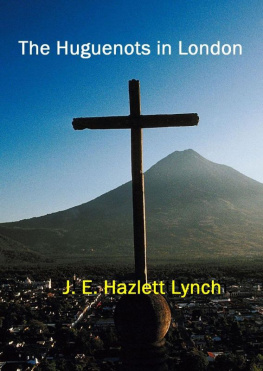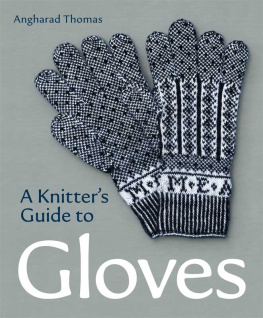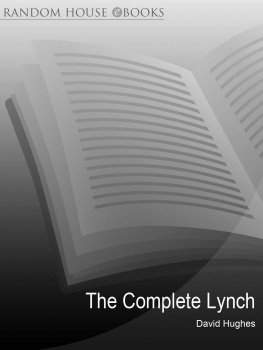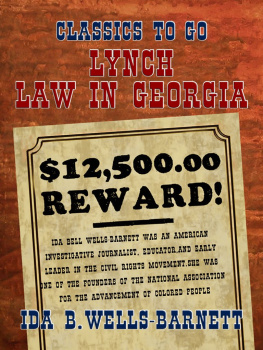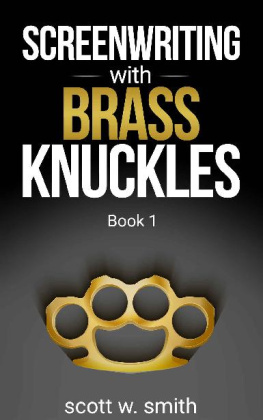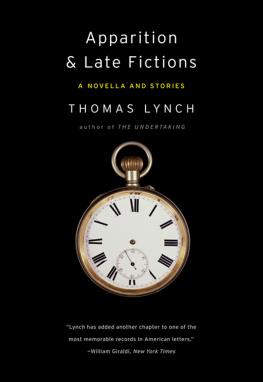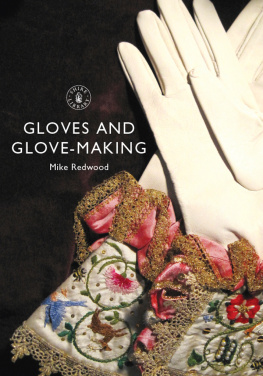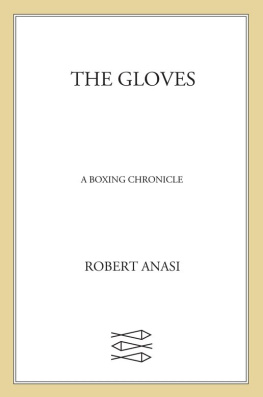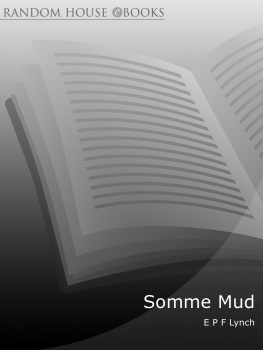Bohun Lynch - Knuckles and Gloves
Here you can read online Bohun Lynch - Knuckles and Gloves full text of the book (entire story) in english for free. Download pdf and epub, get meaning, cover and reviews about this ebook. year: 2013, publisher: Repressed Publishing LLC, genre: Non-fiction. Description of the work, (preface) as well as reviews are available. Best literature library LitArk.com created for fans of good reading and offers a wide selection of genres:
Romance novel
Science fiction
Adventure
Detective
Science
History
Home and family
Prose
Art
Politics
Computer
Non-fiction
Religion
Business
Children
Humor
Choose a favorite category and find really read worthwhile books. Enjoy immersion in the world of imagination, feel the emotions of the characters or learn something new for yourself, make an fascinating discovery.

- Book:Knuckles and Gloves
- Author:
- Publisher:Repressed Publishing LLC
- Genre:
- Year:2013
- Rating:4 / 5
- Favourites:Add to favourites
- Your mark:
- 80
- 1
- 2
- 3
- 4
- 5
Knuckles and Gloves: summary, description and annotation
We offer to read an annotation, description, summary or preface (depends on what the author of the book "Knuckles and Gloves" wrote himself). If you haven't found the necessary information about the book — write in the comments, we will try to find it.
Knuckles and Gloves — read online for free the complete book (whole text) full work
Below is the text of the book, divided by pages. System saving the place of the last page read, allows you to conveniently read the book "Knuckles and Gloves" online for free, without having to search again every time where you left off. Put a bookmark, and you can go to the page where you finished reading at any time.
Font size:
Interval:
Bookmark:

| Note: | Images of the original pages are available through Internet Archive. See https://archive.org/details/knucklesgloves00lyncuoft |
CAKE
UNOFFICIAL
THE COMPLETE GENTLEMAN
THE TENDER CONSCIENCE
FORGOTTEN REALMS
MAX BEERBOHM IN PERSPECTIVE
THE COMPLETE AMATEUR BOXER
BY
BOHUN LYNCH
WITH A PREFACE BY
SIR THEODORE COOK
Illustrated
LONDON: 48 PALL MALL
W. COLLINS SONS & CO. LTD.
GLASGOW MELBOURNE AUCKLAND
First Impression, October, 1922
Second Impression, November, 1922
Manufactured in Great Britain
When you had broken my command,
And I had taken you in hand,
Planting my blows beneath your belt,
I like to think of future years
When skin thats fair shall change to brown,
When listed in a fairer fight,
You shall return to others ears
Blows straightly dealt with left and right,
Blows you encountered lower down!
Font size:
Interval:
Bookmark:
Similar books «Knuckles and Gloves»
Look at similar books to Knuckles and Gloves. We have selected literature similar in name and meaning in the hope of providing readers with more options to find new, interesting, not yet read works.
Discussion, reviews of the book Knuckles and Gloves and just readers' own opinions. Leave your comments, write what you think about the work, its meaning or the main characters. Specify what exactly you liked and what you didn't like, and why you think so.

![Erl Gardner - Bunched Knuckles [story]](/uploads/posts/book/911418/thumbs/erl-gardner-bunched-knuckles-story.jpg)
